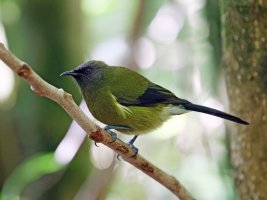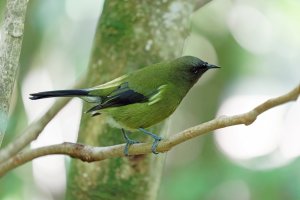There is actually another big issue with that many megapixels on a small area such as a 35mm sensor - diffraction. On the 5DsR, diffraction can be noticed as early as from f/7.1. If you max the megapixels to 75 and beyond on a 35mm sensor, you'll start to see it even earlier. Then at so often highly practical f-stops as f/9 and f/11, the advantage of those megapixels will start to fade away; and your high-MP camera will perform similarly to a lower MP camera, except that the lower MP camera will have greater tonal range. At that point, I'd rather have the latter. Just ask yourself based on your own shooting - what f-stops do you most often use? What is the distribution of f-stops across your real-world shooting? That should give you some clue as to whether the megapixels are worth it for you.Of course Canon can pack a ton of pixels on a small area already, but that makes it practically useless except some very special scenarios in which we hardly ever shoot. Just look at their own video, and notice the heavily blown-out highlights on the right capture that are not blown out on the left one. The dynamic range they got out of the sensor downright sucks, although on the very shot it looks contrasty and appealing. Real world shooting is an entirely different story, though!
Keep in mind that the pixel pitch (the area of a single pixel) is a key determinant to the SNR of the sensor and thus the dynamic range you get out of it. Using a given technology, sensor sensitivity goes hand in hand with the pixel pitch. I don't need 75 MP or 122 MP if it means that I only can record tonal detail in a range of 9 stops of light or less! That means that most of my landscape shots would either have a badly blown out sky, or heavily noisy foreground (or whatever would be in a bit of shadow); and I would have to resort to doing HDR for pretty much every single shot. Imagine the image quality of some prehistoric entry-level digital Canon DSLR... except just resolution that I often can get by stiching multiple shots into a panoramatic image anyway. That's probably what a non-BSI 75 or 122 MP CMOS sensor would give you, even full frame.
The newest Phase One IQ4 has gone up to 150 MP, but that is a huge full frame medium format sensor with 16-bit ADC (that costs $50k - just the digital back). Although it roughly has the pixel pitch of the 5DsR, unlike the 5DsR it is a BSI CMOS sensor and also has 2 bits more ADC (=> whole 4 times the amount of tonal resolution captured), which allows for way cleaner input.
Moreover, (as surely some older post already reported), Sony is about to roll out a 60 MP 16-bit BSI CMOS sensor. My guess is that it is going to beat the output of the GFX in pretty much every way except the pixel sharpness: check this (Sony Alpha Rumors). No wonder in the end, all high-end cameras except perhaps just Canon is buying sensors from Sony. Of course they have a strategic advantage when it comes to technology. I'd love to see Canon competing with them and I really hope that Canon is going to deliver something similar in their high-MP EOS R, although I see just too many reasons to doubt it...
Upvote
0


